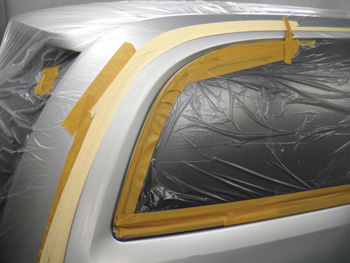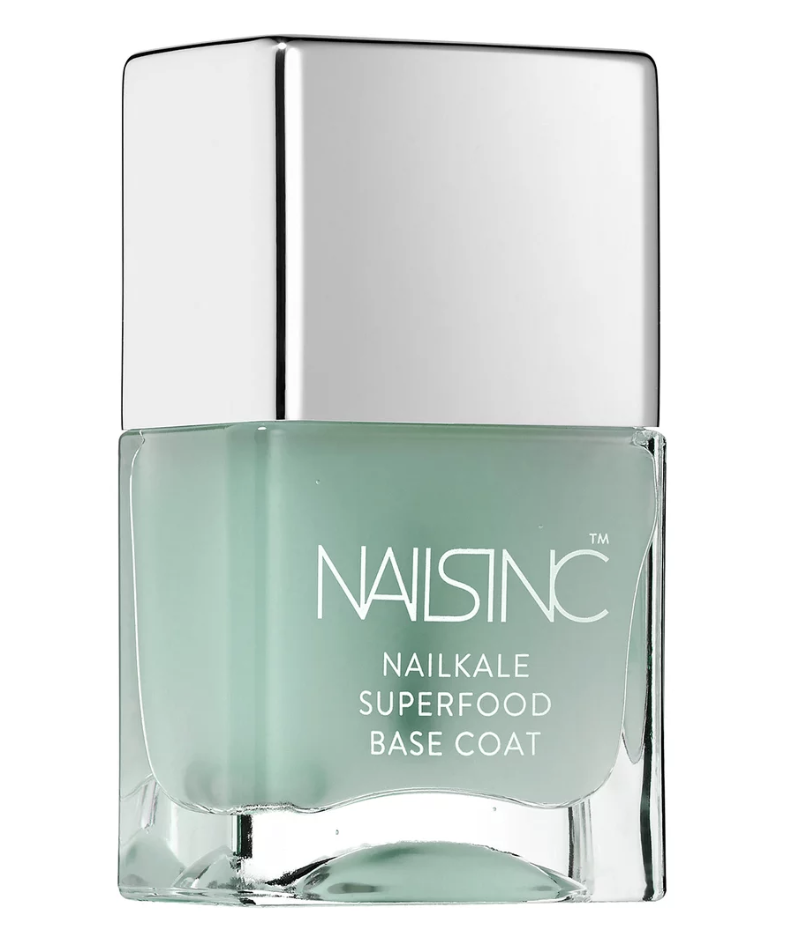

So, it’s at best a temporary solution that needs more decisive action. After a while, it will be permanently damaged and require a complete repaint. However, the exposed color coat will quickly oxidate and deteriorate under regular environmental conditions. You may be able to remove the flaking areas and even restore shine to the spot where clear is missing, somewhat blending the two areas.

Sometimes, even the manufacturers get it wrong - 1996 to 2013 Hondas and 1980s to late 1990s GM vehicles are notorious for having their clear coat peel severely after some years of use. Huge factors, maybe even the biggest ones, are the composition of the clear coat, the compatibility with the base color coat, and of course, the quality of installation. As more area is exposed to the elements, contamination will get underneath the clear coat and accelerate the peeling until the entire panel is stripped. Once the process has started, it won’t stop on its own. The white flaky stuff around the spot is the edges of your clear coat. There is no clear coat - it’s completely gone.

The matte surface of the spot is the paint layer. Notice that the first spots will almost always form on horizontal surfaces, since the UV rays hit almost parallel, transferring the most energy to the surface. Eventually, you’ll see faded spots appear on the horizontal flat surfaces. This is true for all plastic trim inside and out of the vehicle, and the clear coat is no exception.įurther aided by the elements, mechanical abrasion from dust, dirt, road salt, or washing with harsh chemicals and/or brushes, the clear coat will thin out over time. It doesn’t happen overnight, but give it years and the plastic will begin to fade, discolor, dry out, and become brittle. Prolonged exposure to the sun, and specifically to UV radiation, will eventually deteriorate and break down any type of plastic. As the clear eventually deteriorates and wears off, the lack of adhesion will cause the clear around the damaged area to peel back, starting a chain reaction that requires immediate repair. The reason clear coats peel is because there isn’t a proper bond to the underlying color coat. Clear coats are resistant to UV rays and most chemicals found in the environment. These are pretty durable, as it’s their job to protect the paint and primer layers from just about anything. It’s a type of synthetic polymer substance - usually an acrylic or urethane plastic. The clear coat is the top-most layer that comprises the paint of your vehicle. You mostly see the clear coat peeling on older cars that have been parked outside for years.


 0 kommentar(er)
0 kommentar(er)
